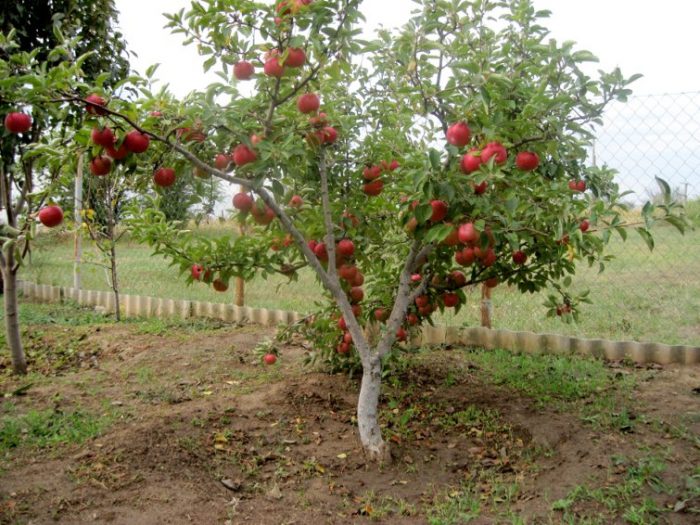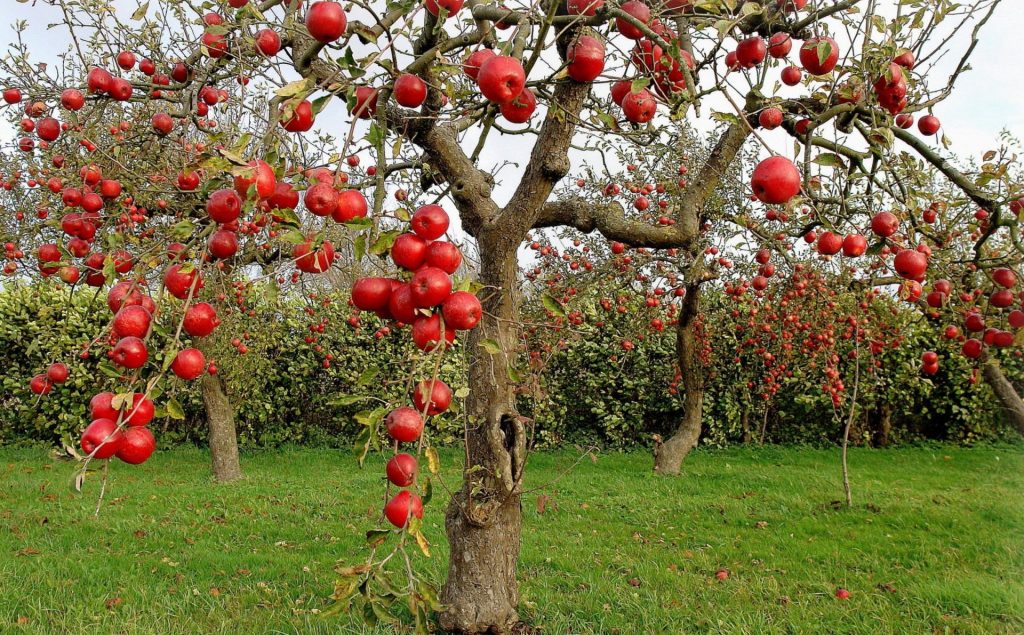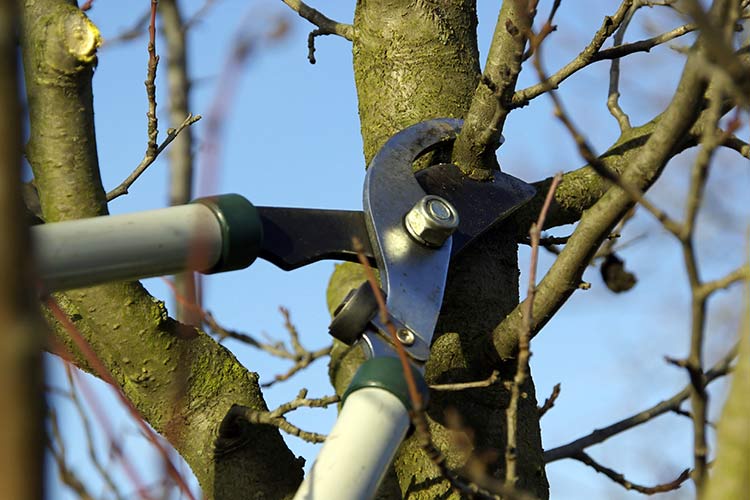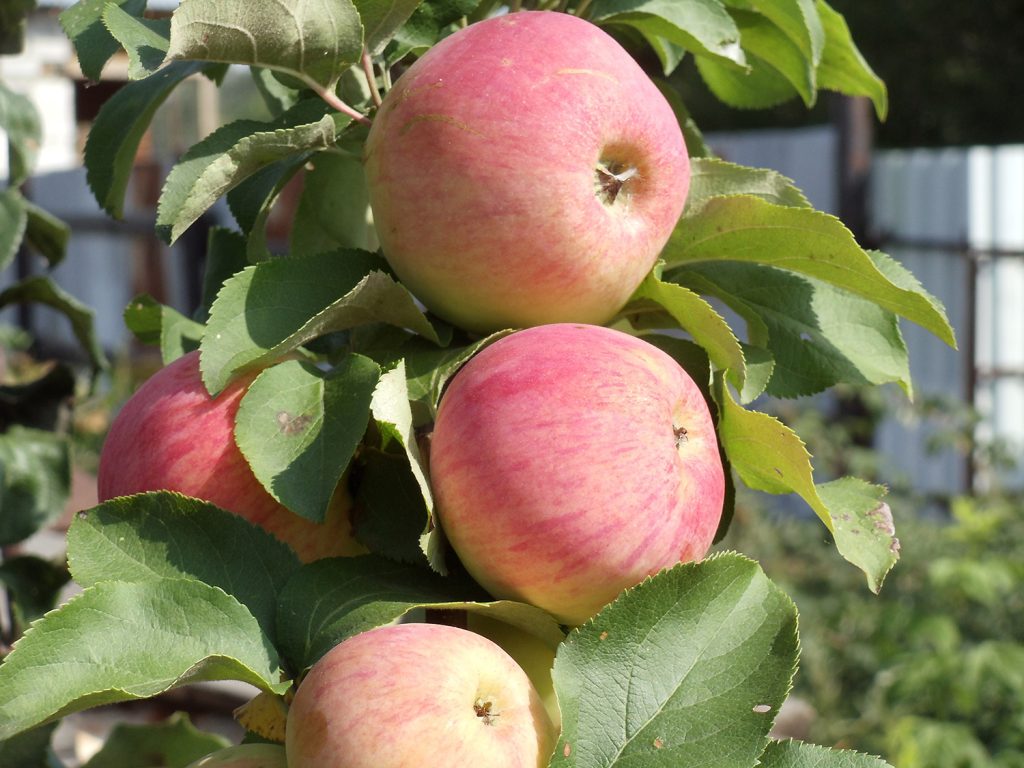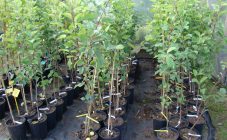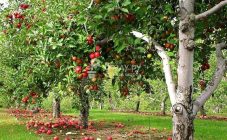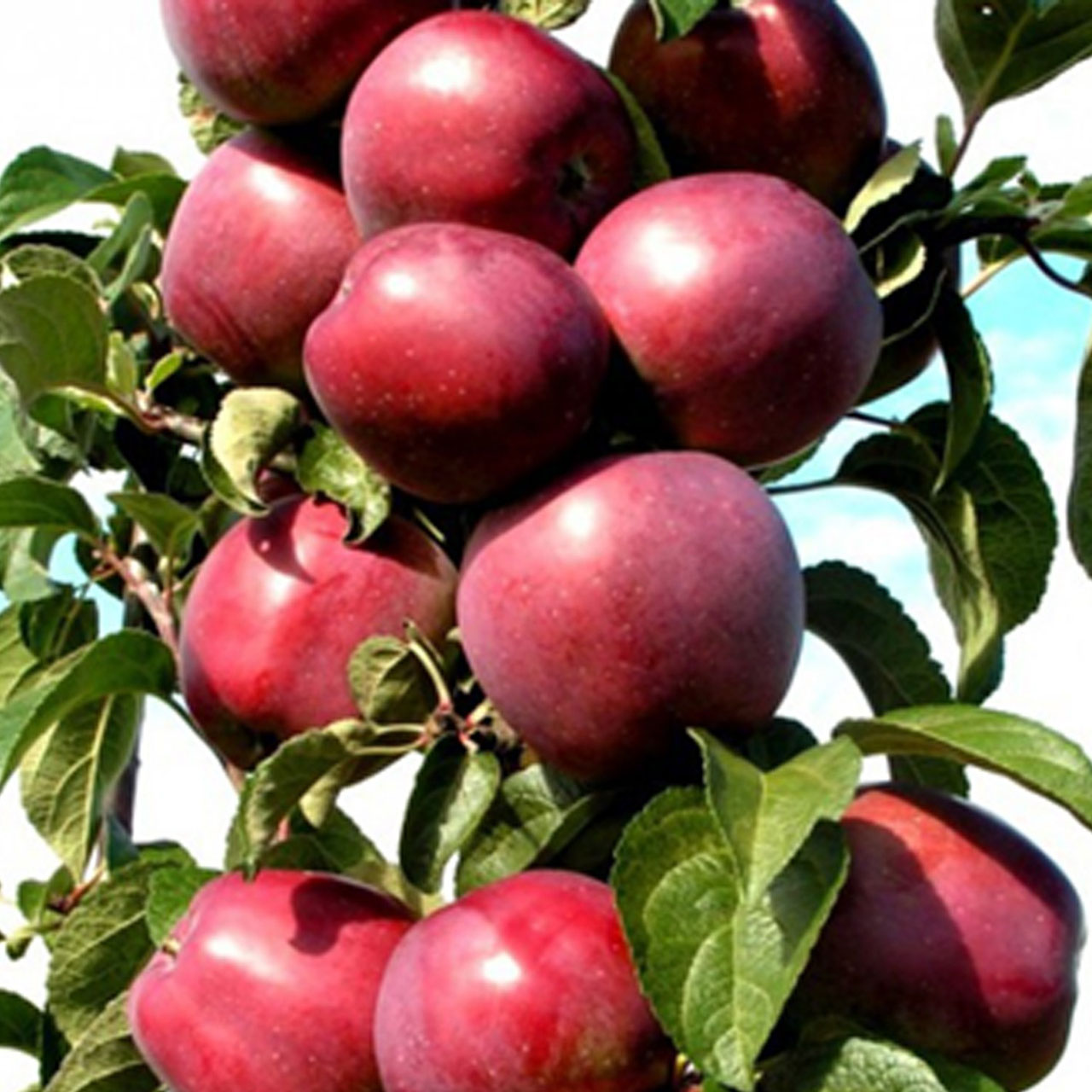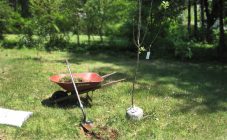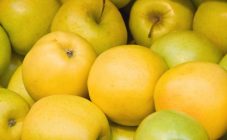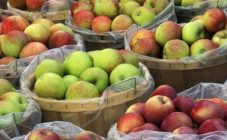Content:
- What is a stock for an apple tree
- Types of rootstocks
- Characteristics of apple rootstocks
- Apple tree formation
- Planting an apple tree in spring
- Apple varieties on a dwarf rootstock for the Moscow region
- Varieties for the Yaroslavl region
- An apple tree on a semi-dwarf rootstock - what is it?
- Landing
- Apple varieties on a semi-dwarf rootstock for the Moscow region
By their nature, all apple varieties are durable. In fact, in domestic gardens, the duration of their fruiting does not exceed 30-40 years. When growing crops on an industrial scale, trees begin to bear fruit after 5-7 years, and some varieties even later. Therefore, one of the fundamental tasks for gardeners is to bring the fruiting period of fruit trees as close as possible. Recently, among summer residents, interest in fruit crops has increased, which can be grown on dwarf or semi-dwarf rootstocks. What are apple trees on a dwarf rootstock?
What is a stock for an apple tree
The rootstock is the part of the plant located under the graft, that is, the entire root system and part of the trunk. The well-known Russian scientist breeder IV Michurin called the rootstock the fundamental basis of the plant.
Planting and leaving such apple "curiosities" is somewhat different from the classics.
The stock for apple trees has a list of advantages, and this is the reason for its popularity in recent years:
- trees begin to bear fruit after 2-3 years;
- the height of an adult tree does not exceed 2-2.5 m, undersized;
- the root system of apples readily responds to watering and feeding;
- due to the short stature, the fruits, falling to the ground, do not break, which greatly simplifies the harvesting process;
- due to the good illumination of any part of the crown of the tree, a high concentration of ascorbic acid and sugars accumulates in apples;
- apple trees on a dwarf rootstock are not afraid of the proximity of groundwater to the earth's surface and are unpretentious to the composition of the soil.
However, do not forget about the shortcomings, which, unfortunately, also exist:
- shorter tree life;
- some varieties of low-growing rootstocks are characterized by poor frost resistance;
- there is a predisposition to crop overload, which leads to crushing of the fruit and deterioration of their quality.
Types of rootstocks
There are two main ways to obtain apple rootstocks - clonal (vegetative) or seed.
An apple tree on a seed stock - what is it? The name speaks for itself. A gardener's seed stock is obtained from a seed that has been sown into the soil. A tree will grow from it in the future.
Apple tree on a clone stock - what is it? The second type of rootstock completely duplicates all the qualities of its "parent". The vegetative stock, in turn, is divided into dwarf and medium-sized. They emerge from the seedling. The principle of stock selection is similar to that of breeding new varieties.
Characteristics of apple rootstocks
Features of rootstocks for growing apples on an industrial scale:
- MM-106 is a medium-sized stock, which was obtained by crossing the M1 with the Severny Scout variety. The advantage is good compatibility with promising and released varieties.The stock has insufficient indicators of cold resistance and drought resistance, the root system can withstand temperatures down to −12 ° C.
- The stock 54 118 for an apple tree belongs to semi-dwarf, has high frost resistance. Well compatible with zoned apple varieties. After planting, the plant begins to bear fruit in 5-6 years. In the early years, high productivity is noted.
- M-9 - dwarf representatives with good cold resistance, low growth, begin to bear fruit 2-3 years after planting. The fruits have an attractive appearance, the abundance of fruiting is high.
- M-7 is a semi-dwarf, resistant to droughts and, on the contrary, excess moisture in the soil. Well compatible with zoned varieties. The tree begins to bear fruit after 2-4 years after planting. Fruiting indicators are good, but inferior to many other types of rootstock.
- M-4 is a medium-sized rootstock that begins to bear fruit 3-5 years after planting. The abundance of fruiting is high. Well-developed root system, but shallow depth, so the tree may be tilted.
- 62 396 - dwarf rootstock with excellent cold resistance, the plant is able to withstand temperature drops down to -16 ° С. Well compatible with zoned varieties. It begins bearing fruit after 3-4 years after planting.
Apple tree formation
To grow a healthy and abundantly fruitful tree, you need to regularly carry out sanitary pruning, thanks to which the correct crown shape is formed.
After planting for the first year, the seedling builds up its root system. Numerous studies have shown that in the first year, the diameter of the root ball increases by approximately 35-40 cm, and the total length increases by 9-10 times.
In order for the branches to grow evenly in all directions, the upper conductor must be shortened by a quarter of the total length, due to which the growth of the lateral branches will be stimulated.
You should pay attention to the uniform growth of branches throughout the crown. From thickened areas, you can bend the branches to bare ones and fix them; in a few weeks or months, the branch will remember the new direction of growth.
Planting an apple tree in spring
Before the expected planting date, the pit should be prepared 2 weeks in advance. Rotted manure or humus, as well as a mixture of fertile soil with mineral fertilizers, are placed at the bottom of the recess. When planting in spring, it is recommended to use urea.
Before planting an apple tree, the cutting must be placed in a solution of water with several granules of potassium permanganate a few days before planting.
The landing algorithm is as follows:
- A small mound is formed at the bottom of the pit. A support is inserted on either side of the center.
- A seedling is carefully placed on a mound, the root system is straightened.
- First, fertile soil is poured, and then ordinary. The earth is compacted.
- A periosteal circle is formed at a distance of 25 cm from the trunk.
- The seedling is tied to a support and the tree is watered abundantly.
- When the moisture is completely absorbed into the soil, the trunk circle is mulched using humus, dry peat.
Apple varieties on a dwarf rootstock for the Moscow region
The Moscow region belongs to the Middle lane. The varieties grafted on clonal undersized rootstocks are very popular in these places. The best varieties:
- Melba. Grown in the suburbs on an industrial scale, due to high frost resistance and abundance of fruiting. The fruits ripen at the end of July. The weight of apples, subject to agrotechnical rules, is not less than 250 g.
- Zhigulevskoe. The fruits ripen at the end of September, each weighing approximately 300 g. It is characterized by excellent indicators of frost resistance, the tree is able to withstand temperature drops down to -30 ° C.
Varieties for the Yaroslavl region
In the Yaroslavl region, severe climatic conditions are observed, therefore, frost-resistant varieties should be preferred. The fruits are usually small. The best varieties to grow in this region:
- Persian is a winter variety, the weight of each fruit does not exceed 150 g. Trees are able to withstand temperature drops down to -40 ° C. Poor scab resistance (fungal disease) is noted.
- In the local area, the Zhigulevskoe variety, which is also grown in the Moscow region, has shown itself well.
An apple tree on a semi-dwarf rootstock - what is it?
A semi-dwarf apple tree is formed after grafting to a specific vigorous variety on a special stock. Such plants propagate in a clonal (vegetative) way. In this case, the most optimal stock for this crop is MM-106.
The semi-dwarf rootstock is understood as fruit-bearing trees, the height of which does not exceed 2 m. The crown diameter varies from 1.5 to 2 m. Despite the compactness of growth, these plants are quite capricious and capricious. The depth of occurrence is small, 0.1-0.4 m.
Landing
To obtain a good harvest, it is recommended to plant semi-dwarf varieties in soils such as black soil, sod-podzolic, sandy loam and loamy chestnut soils.
Planting a fruit tree on a semi-dwarf rootstock does not differ from planting an apple tree on a dwarf rootstock. Therefore, before planting, in a similar way, you need to prepare the planting site and the seedling itself in a few days by placing it in water with disinfecting components.
Apple varieties on a semi-dwarf rootstock for the Moscow region
For cultivation in the Moscow region, the most popular apple varieties are:
- Lobo is a mid-season variety with early fruiting. Indicators of frost resistance are good, apples are juicy and aromatic, large in size.
- Antonovka ordinary is a popular variety with abundant fruiting, as well as an above average life expectancy. The plant tolerates well the close location of groundwater relative to the earth's surface.
- Imrus is a tree of winter ripening, a characteristic feature is large-fruited. Apples have a sweet and sour taste, the structure is dense and juicy.
At each summer cottage, you can successfully grow popular varieties of dwarf and semi-dwarf apple trees, the main thing is to get acquainted with the features of planting and caring for such plants.
